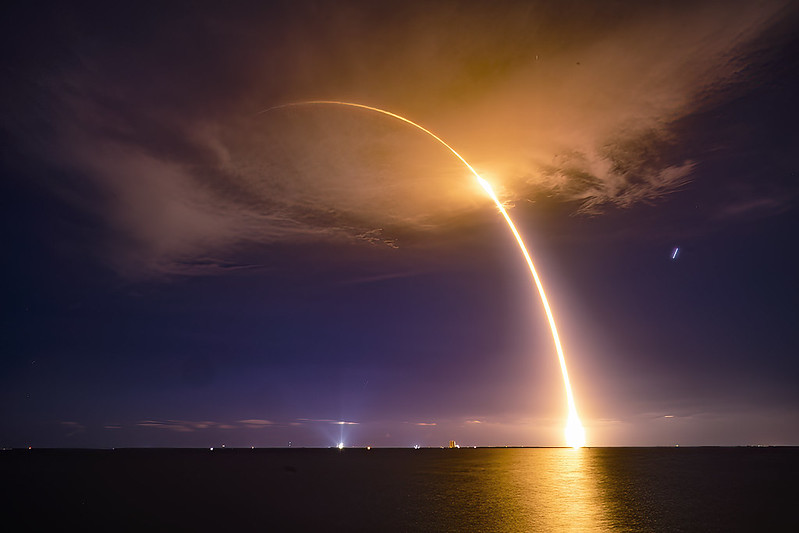Wireless network operator T-Mobile reaches for new heights in mobile connectivity as the American company probes potential in connecting to Starlink’s wireless network.
Testing mobile connectivity for the Starlink line of satellites is already underway, with enormous implications for the next generation of internet access. For the right users, the new technology promised by this pursuit could be lifesaving, though it won’t be the perfect fit for everyone.
Understanding the Need for Future Potential
The usefulness of Starlink with contemporary mobiles is similar to what we’ve previously seen with 5G’s advantages over 4G. Consider what the average user experiences on the mobile internet. In iGaming, for example, a game like Crazy Time is cutting edge, yet it requires little data. Even though this wheel-based game is video streamed, it could still play perfectly on many 3G connections. 4G, 5G, and Starlink can all be faster than what most people need for this and many other uses, so why do they exist?
Ultimately, this technology holds two primary advantages. The first is in future-proofing. Every time predictions appear about just how much speed a computer system will need, they’re eventually surpassed. There was a time when 5Mbps seemed overkill, but today with 4K UHD streams on services like YouTube, it’s simply not enough.

The adoption of 5G and Starlink is an investment in the understanding of ballooning data uses, and an increasingly online future. With our reliance on high-speed internet growing by the day, T-Mobile’s working with Starlink helps place our technology another step ahead of the curve.
The second reason this technology is being pushed so far is its potential for safety. Cabled infrastructure and cell towers are useful safety tools, but they’re vulnerable to damage and local issues. Regional power loss or disaster can lock users out of online connectivity, and Starlink can avoid this problem. By using space-based technology, the risk of outage is minimized.
Of course, Starlink has its limitations in connectivity and coverage too. Starlink can function poorly in strong atmospheric conditions, and it requires a clear line of sight to the sky. It might not be a perfect solution, but Starlink connectivity still offers advantages traditional methods can’t.
Potential for Investments
T-Mobile’s work with Starlink’s systems is still in the early days, but should it succeed, it will place the company in a prime position to leverage Starlink’s platform. This means T-Mobile will likely gain an appreciable advantage over other satellite phone companies when the tech launches. Pricing and bundle plans are still unknown, but it’s safe to assume that existing Starlink customers will see earlier/cheaper access.
As for what this might mean for app developers and investors, this is a more complicated question. Starlink on mobiles as T-Mobile’s testing indicated is a low-use system by nature. Though it could offer high speeds and vastly improved connection coverage, the situations where it will be used are limited.
Starlink on phones could be great when lost in a field, or when communicating simple data when away from older infrastructure. These are not times when a person would traditionally be straining their connections, however. This means there’s unlikely to be many new apps arise to take advantage of what mobile Starlink offers. Beyond a few safety, scientific, and perhaps geocaching apps, the mobile software market is unlikely to see much change from this development.
Usefulness for investment aside, the collaboration between Starlink and T-Mobile is an advantageous one for any outdoor adventurer. Whether in the middle of the desert or on the open ocean, the technology has the potential to be a life-saver. Just don’t expect it to reshape the way the average person connects while out and about, at least not for a few years yet.
